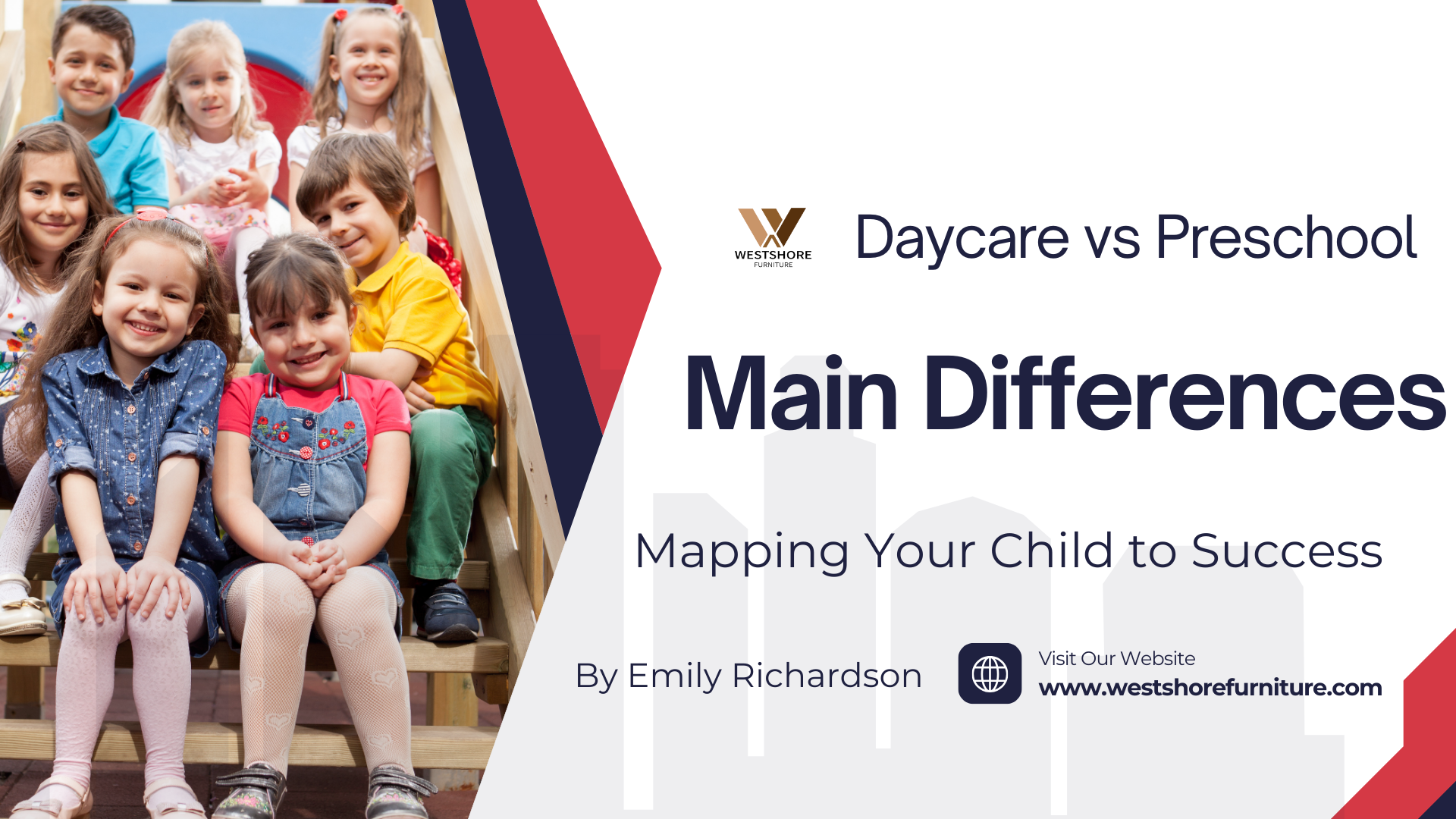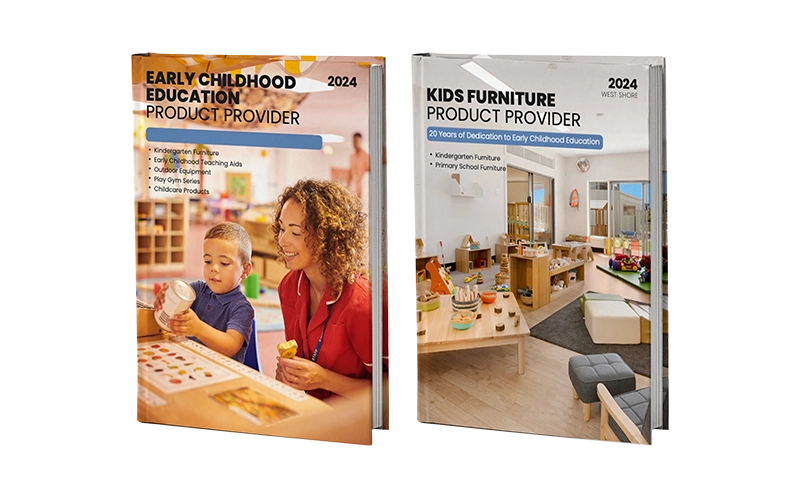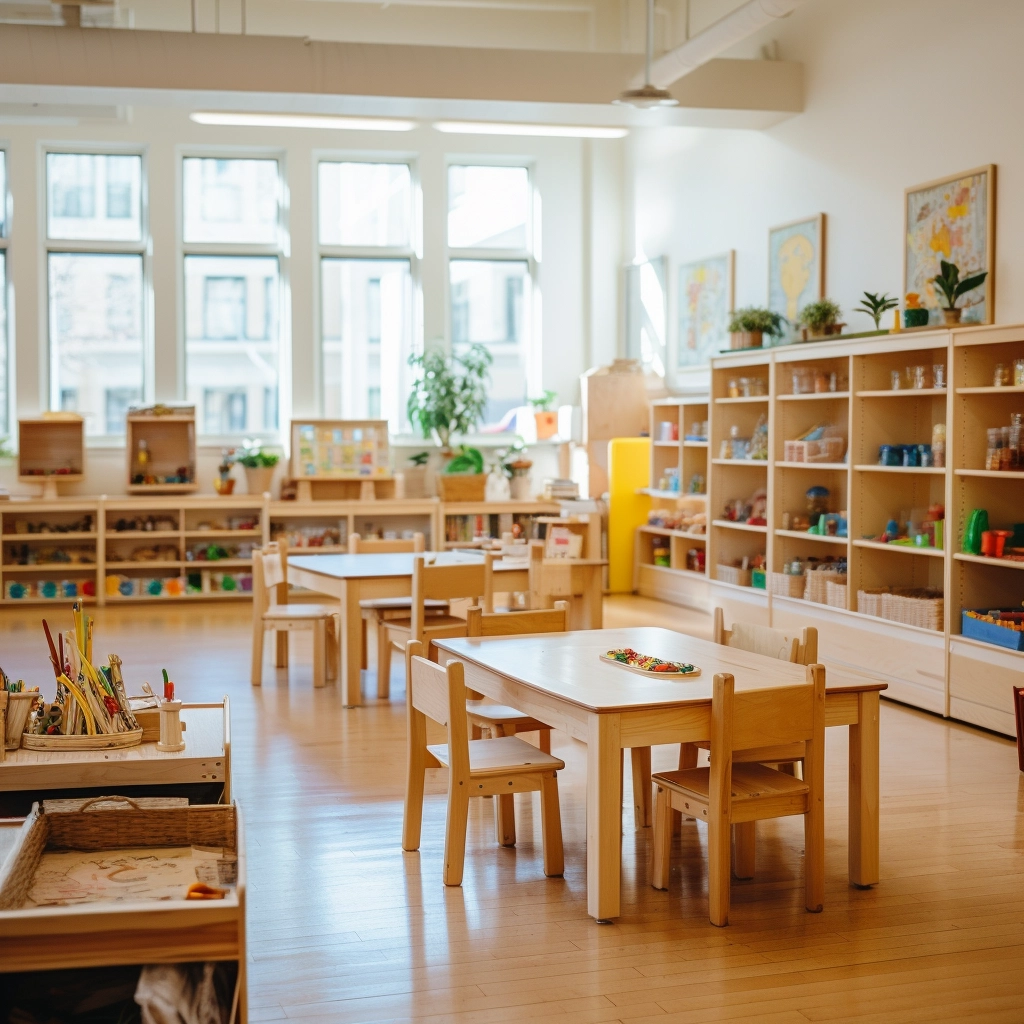Choosing between daycare and preschool can feel like a daunting task for parents navigating early childhood education. Each option offers unique benefits, challenges, and cost implications that can significantly impact your family’s routine and your child’s development.
Daycare vs Preschool highlights two different approaches: daycares typically provide flexible scheduling and a nurturing environment that supports working parents, while preschools focus more on preparing children for future academic success, with structured learning and socialization opportunities. Understanding the pros and cons of each can help you make an informed decision that aligns with your child’s needs and your family’s lifestyle.
In this article, we’ll delve into the differences between Daycare vs Preschool, evaluating their respective advantages, disadvantages, and financial considerations, so you can confidently choose the best early childhood path for your little one. Let’s explore how to strike the perfect balance between care and education for your child.

What is preschool & daycare?
Daycare, sometimes called childcare, is designed to provide a safe and nurturing environment for children while parents work or manage other responsibilities. Most daycare centers accept children as young as six weeks up to age five, making them a reliable option for families with infants and toddlers. A typical day in daycare includes free play, naps, snacks, and light educational activities such as songs or storytelling. The emphasis is on flexibility and supervision, with many centers offering extended hours year-round to meet the needs of working parents.
Preschool is an early childhood education program usually designed for children between the ages of 3 and 5. Instead of focusing primarily on care, preschool centers around structured learning and kindergarten readiness. Children engage in activities that build literacy, math skills, problem-solving, and social development. Preschools often follow specific teaching philosophies—such as Montessori, Reggio Emilia, or play-based learning—and teachers typically have specialized training in early childhood education. Unlike daycare, preschools may run on a school-year calendar with shorter hours, which can be less convenient for full-time working parents.
In simple terms, the difference between preschool and daycare is this: daycare focuses more on providing reliable care and flexible scheduling, while preschool is designed to prepare children academically and socially for kindergarten. Both play a valuable role, but the right choice depends on your child’s age, your family’s schedule, and your priorities.
Key Differences Between Daycare and Preschool
For parents standing at the crossroads of choosing daycare vs preschool, the decision can feel overwhelming. While both provide valuable care and learning opportunities, the differences become clearer when you compare their age requirements, the environment and location of the programs, the curriculum and teaching approaches, and the daily hours and schedules they follow. Families also need to consider practical details such as toilet training requirements, the qualifications of caregivers and teachers, and, of course, the overall cost and available funding. Understanding these differences helps parents make a choice that not only supports their child’s developmental stage but also fits their family’s lifestyle and budget.
Daycare vs Preschool: Age Groups and Requirements
- Daycare: Designed to accommodate children as young as 6 weeks old, daycare is often a necessity for parents returning to work after maternity or paternity leave. Children can remain in daycare up until they’re ready for kindergarten, which means infants, toddlers, and preschool-aged kids often share the same space. This wide age range makes daycare especially flexible for families with siblings of different ages.
- Preschool: Typically begins at age 3 and continues until age 5, right before kindergarten. Enrollment requirements sometimes include milestones like toilet training, which may not be expected in daycare.

When comparing preschool vs daycare, families with very young children almost always start with daycare, but many transition to preschool once their child reaches 3 or 4 and is ready for more structured learning.
Daycare vs Preschool: Environment and Location
- Daycare: Daycare centers often take place in settings ranging from private homes to places of worship and workplaces. Classrooms may be filled with toys, building blocks, makeup tables, cribs, and nap mats. Given the wide variety of locations these early childhood programs can be in, it’s crucial to keep an open mind. The type of building a daycare is located in doesn’t necessarily determine whether it provides high-quality childcare. A better indicator of a program’s quality is the teachers and caregivers it employs, as a child’s experience is largely determined by their interactions with the adults in the room. Daycare centers strive to provide loving and supportive care, giving children opportunities to socialize and play while being well cared for.
- Preschool: Preschools are usually structured more like classrooms. They may include learning centers for reading, writing, art, and science, along with circle-time areas for group activities. While preschools still prioritize play, the environment is intentionally designed to mimic a school setting, easing children into academic routines.
Daycare vs Preschool: Educational Focus and Curriculum
- Daycare: Education is not the central goal, but many modern daycare centers incorporate basic learning. Activities like singing, story time, and art projects introduce children to letters, colors, and numbers in a playful way. The approach is largely unstructured and play-based, emphasizing social development and safe supervision.
- Preschool: The focus is on early learning and kindergarten readiness. Lessons are carefully planned to build pre-reading, math, and problem-solving skills. Children may learn to recognize their names, practice writing letters, or explore science through hands-on experiments. Preschools often follow specific teaching models like Montessori, Reggio Emilia, or play-based learning to encourage independence, curiosity, and creativity.
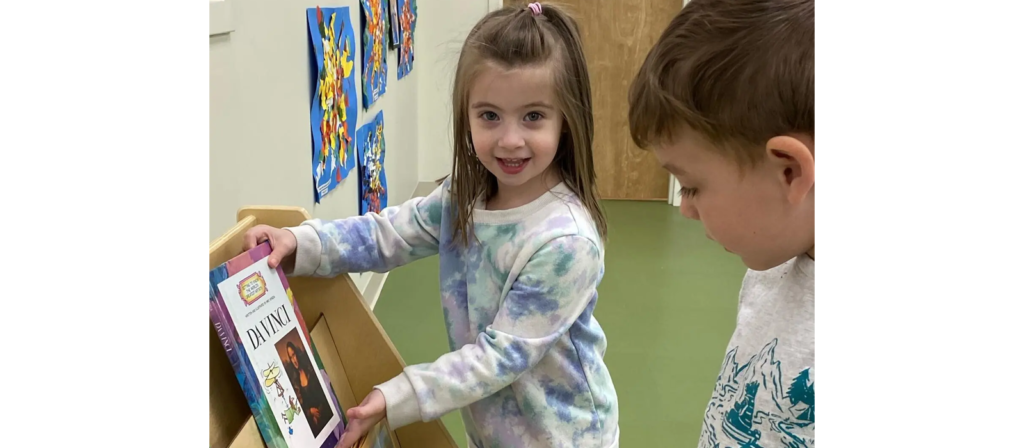
For parents comparing what is preschool vs daycare, this is often the deciding factor. If your main goal is reliable supervision while your child is young, daycare fits the bill. If you want structured preparation for school, preschool may be the better fit.
Daycare vs Preschool: Hours and Schedules
- Daycare: Known for its flexibility, daycare usually opens early in the morning (around 7:00 AM) and closes in the evening (around 6:00 PM or later). Most daycare centers operate year-round, including summer months, and offer coverage during school holidays. This makes daycare indispensable for parents working full-time jobs.
- Preschool: Runs on a school-like schedule, often aligning with local public schools. Many preschools offer only half-day or part-day programs, with morning or afternoon sessions. Some provide full-day options, but they still follow a traditional school calendar, meaning breaks during summer or holidays.
Parents often find themselves comparing daycare vs preschool cost at this stage, since longer daycare hours naturally come with higher fees. However, the convenience of daycare’s extended schedule is hard to overlook for dual-income households.
Daycare vs Preschool: Toilet Training Requirements
Daycare requirements for toilet training vary significantly, with preschools often requiring children to be potty trained for admission, while daycares may accommodate younger children who are not yet trained. Ultimately, policies differ between programs, so it’s crucial to contact specific daycares and preschools to understand their individual toilet training requirements and how they handle the process for both trained and untrained children.
- Daycare: Often serves a younger age group, so many daycares do not require children to be potty-trained and may assist with the training process.
- Preschool: Many preschools, particularly for children aged three and up, expect or require children to be fully toilet-trained for enrollment, according to CadenceEducation and Mendham Township School District.
Families often transition from daycare to preschool once their child is ready for toilet training and can participate more independently in group learning.
Daycare vs Preschool: Caregivers and Teachers
The qualifications of the adults working in each program can vary significantly. When evaluating a program, be sure to review the staff’s qualifications and experience.
- Daycare staff: Typically meet state licensing standards, focusing on safety, health, and basic child supervision. While many caregivers are experienced and nurturing, they may not always have advanced degrees in child development.
- Preschool teachers: Often hold specialized training in early childhood education, and some may even have bachelor’s or master’s degrees in the field. This allows preschools to provide more structured learning guided by professional educators.
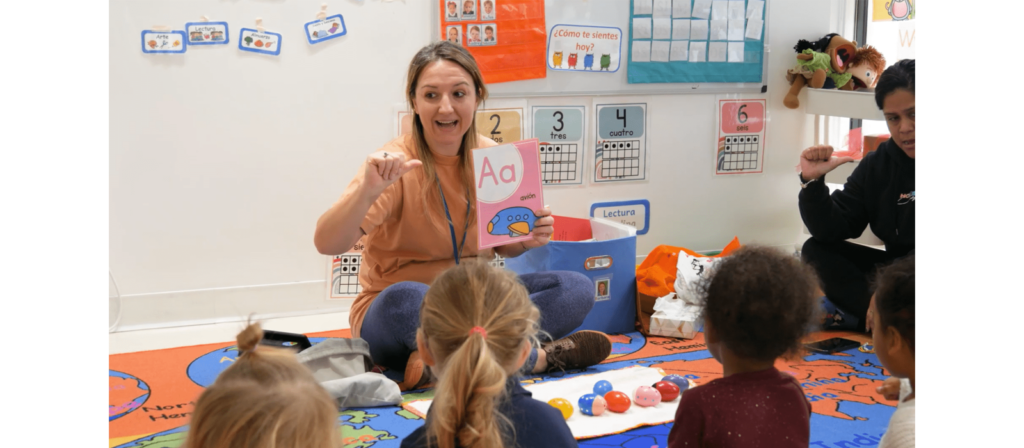
This difference is one reason parents sometimes lean toward preschool when comparing preschool vs daycare—especially if they value formal teaching in early years.
Daycare vs Preschool: Cost and Federal Funding
Daycare and preschool costs vary by region, institution, and program, typically running thousands of dollars per month. Preschool is often provided by government-supported public preschools, which are free or low-cost. Federal funding comes through tax credits, the Child Tax Credit, and childcare benefits for low-income families.
- Daycare: On average, daycare costs are high, varying depending on the city, the type of institution (for-profit or nonprofit), and the services offered (full-day or half-day). Annual costs range from $10,000 to $15,000 per child. Infants are more expensive due to lower teacher-student ratios.
- Preschool: Costs are generally lower, and many states and localities offer free public preschool programs, particularly for 5-year-olds. Costs average $4,000 to $12,000 per year, depending on whether you choose a half-day, part-day, or full-day program. Because preschool typically has fewer hours than daycare, it can be a more economical option.
Many families also benefit from federal or state-funded programs, such as preschool programs or child care subsidies, which can significantly reduce the burden on families. For working families, the Child and Dependent Care Tax Credit can also help offset costs.
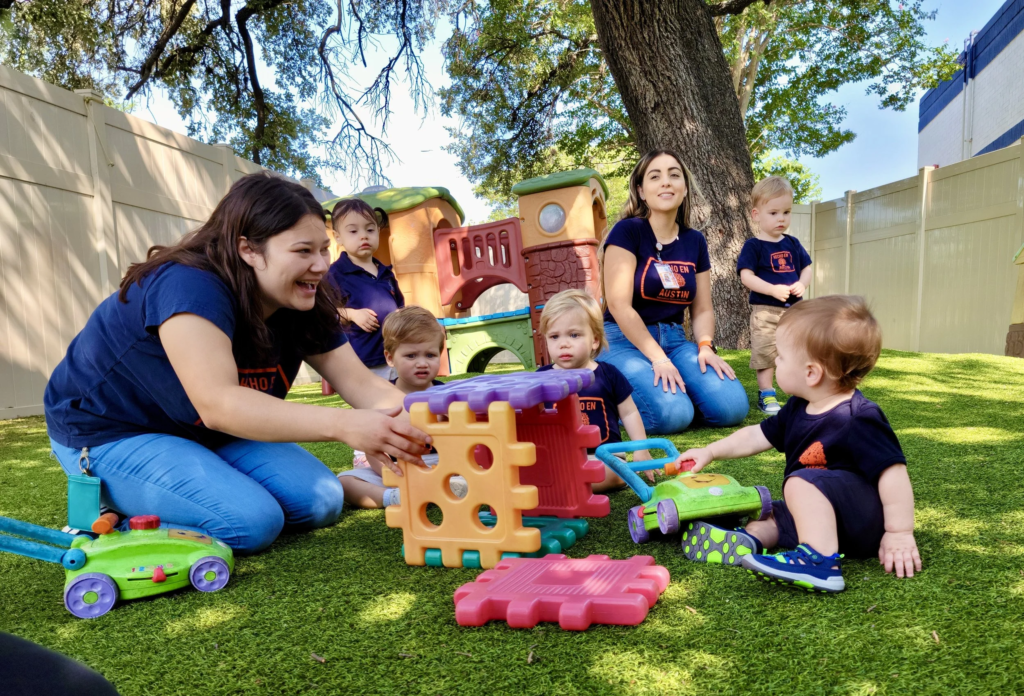
Making the Right Choice Between Daycare vs Preschool
Still torn about Daycare vs Preschool? The truth is, general advice can only take you so far. What really matters is looking at the programs available near you. Think about the distance from home or work, the daily routine, and whether the schedule fits your lifestyle.
At the end of the day, the best choice isn’t about which option wins overall—it’s about which one works best for you, your child, your budget, and your location. In your neighborhood, a daycare center might be perfect, or a preschool program could be the better fit. Either way, what counts most is finding a place where your child feels safe, supported, and ready to grow.
FAQs
1. At what age is it best to start preschool?
Most children begin preschool around age 3, when they’re more independent and ready for group learning. Some programs also accept 2-year-olds.
2. Do preschools provide full-day options?
Yes, many preschools now offer full-day programs, though some still run half-day schedules. Availability depends on the school and location.
3. Can Daycare vs Preschool both prepare my child for kindergarten?
Yes. While preschools focus directly on kindergarten readiness, many daycares now include structured learning activities that support early literacy, math, and social skills.

